Tonight was Alycia’s first night. I told Emily it would be more relaxed than last night with all Jayne’s weird rotations because Alycia’s observations are more in MagAO’s wheelhouse — Alycia is searching for faint companions; keeping the rotator off for ADI mode; and is a Clio and general observational expert. But… hah.
So on the first Pre-set of the night, the Bayside-X stage decided to not work. There are 3 “Bayside” stages — they are the motors that move the AO system around so that the star is always on the tip of the pyramid WFS even when the star needs to be nodded around the detector on Clio for sky subtraction. We have replaced the X and Y stages with higher-power versions after we had observers who wanted to keep the rotator on and tracking, which caused the stages to overheat and fail. So I wonder if it’s a coincidence that we spent all last night with the rotator on, putting weight on the X-stage, and then tonight the X-stage refused to move…
Laird and Jared are now on pseudo-day schedules (see Alex’s great MagAO-X post about the unpacking today!) but this happened at the start of the night so Laird was still at the summit and Jared was down in the clean room with MagAO-X but he came up to help post-mortem. Laird went out to the platform with a walkie-talkie and we did the usual dance of moving the motors from the control room and Laird telling us what he saw or heard in the Nas. The current would spike but the motor wouldn’t move. Small movements and homing didn’t work; eventually we power-cycled them and in the end the X-stage did start responding again.
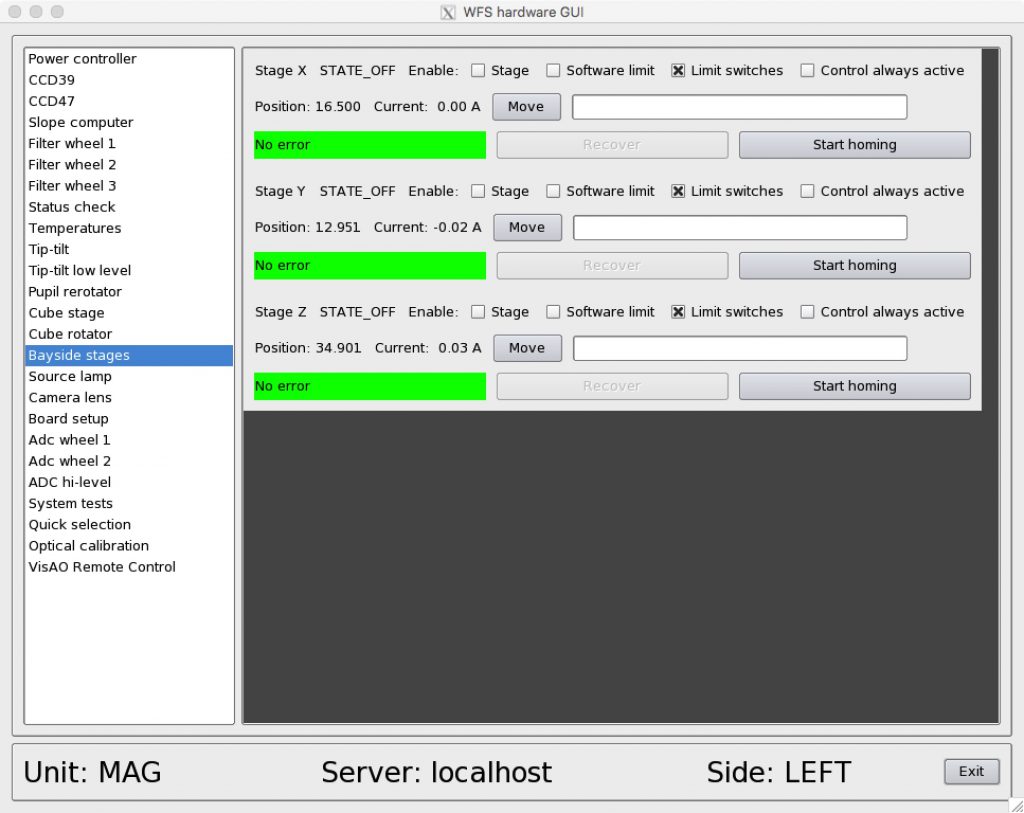
But Laird heard a noise that made him think there was some friction affecting the motion of the X-stage. Since the stage worked normally after the power-cycle, we started thinking about all the work we have done on the Baysides over the years. Originally we used the setting “Control always active” as that would position them precisely to the micron. But this was thought to contribute to the over-heating problem when we had high currents at strange rotator angles with all the weight of the instrument on the Y-stage. So we swapped the original out for the higher-power version, but we also started applying the brakes and turning off the active control after each move (“Stage” check box). But now we are thinking… maybe the brakes themselves are starting to fail, and the friction was the X-stage rubbing along its own brake. So tonight, Amali went into the code and reverted the procedure for the X-stage to now enable “Control always active” rather than enabling “Stage” (applying the brakes) after each move. And all stages worked perfectly for the rest of the night.
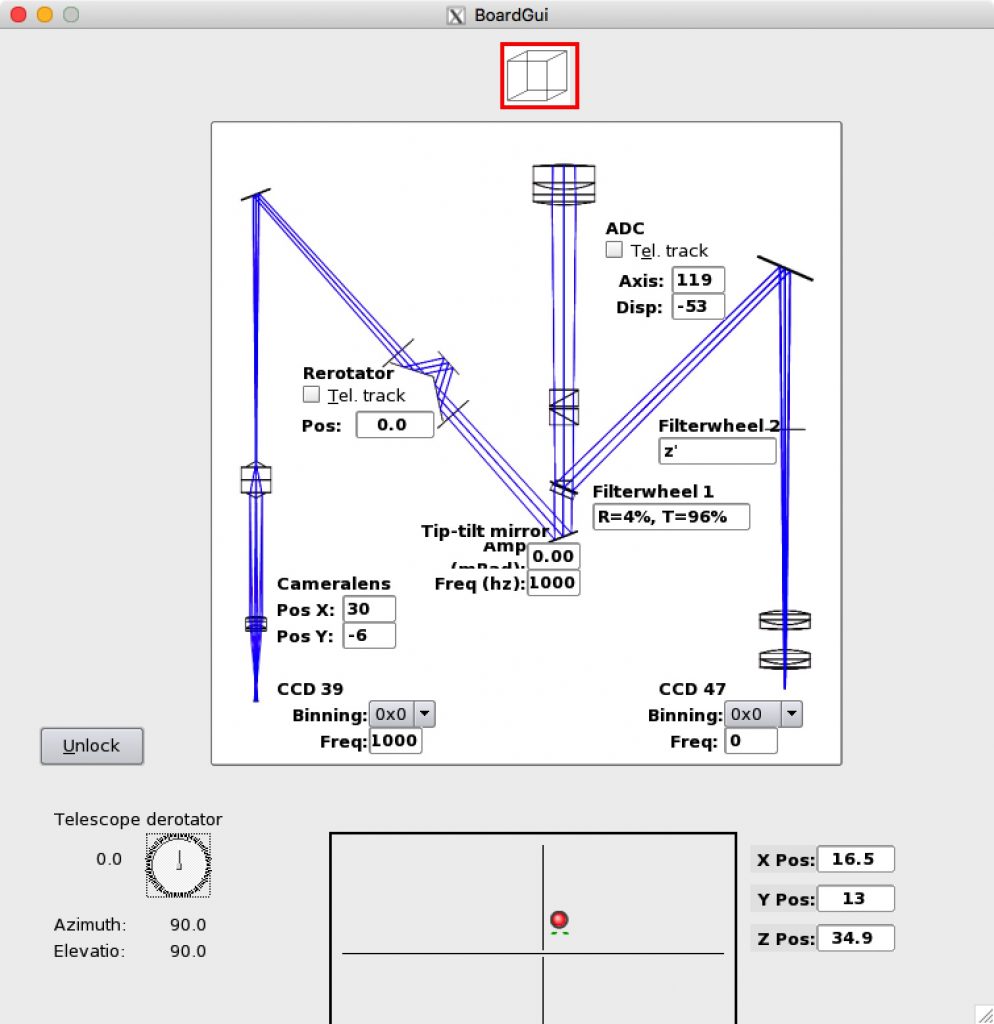
After Jared and Laird went to bed, at one point our TO Alberto went down to get some coffee, and I snapped this pic of the all-women control room. What a big difference from when I was the “Only Girl In the World” at LCO!
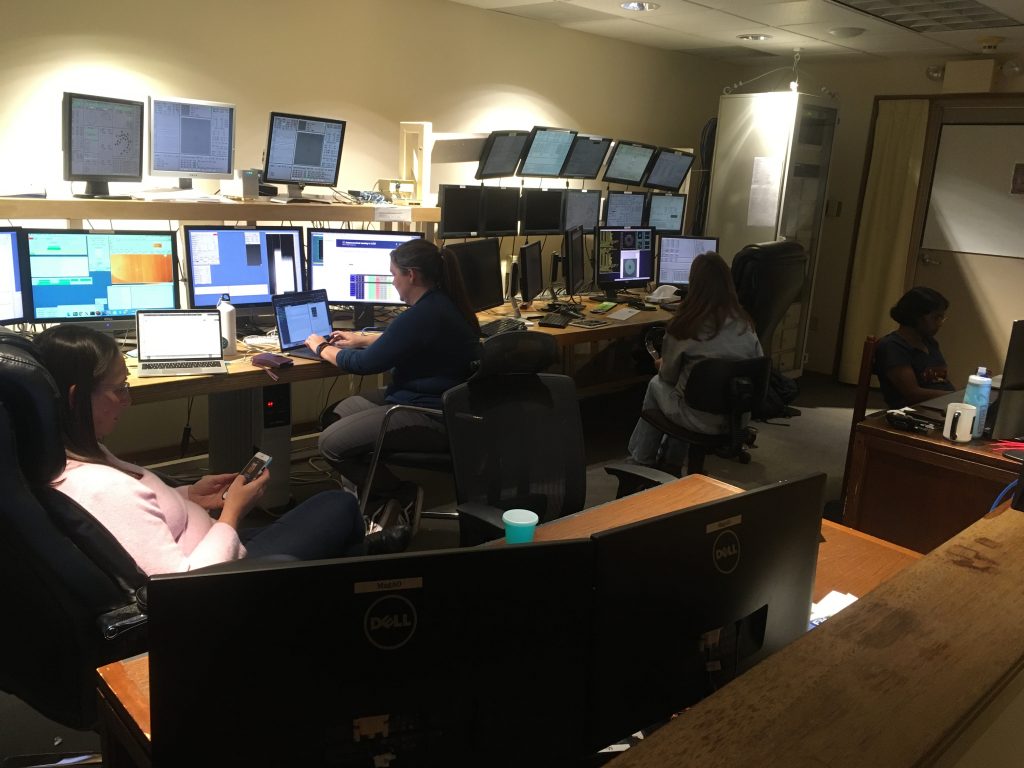
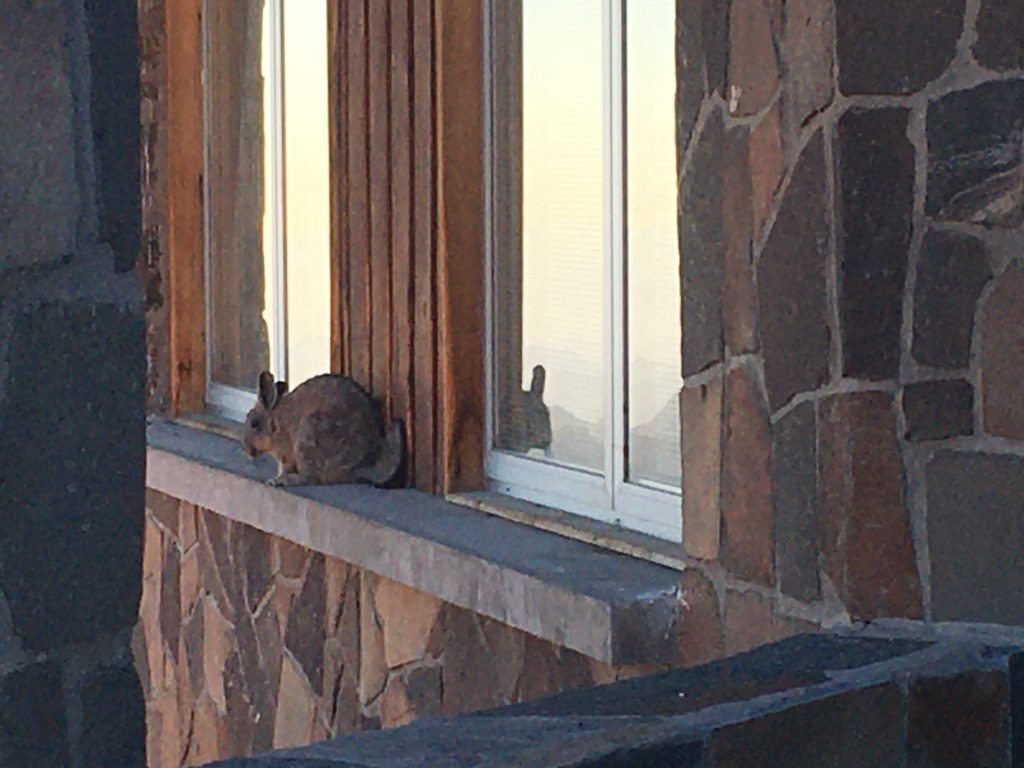
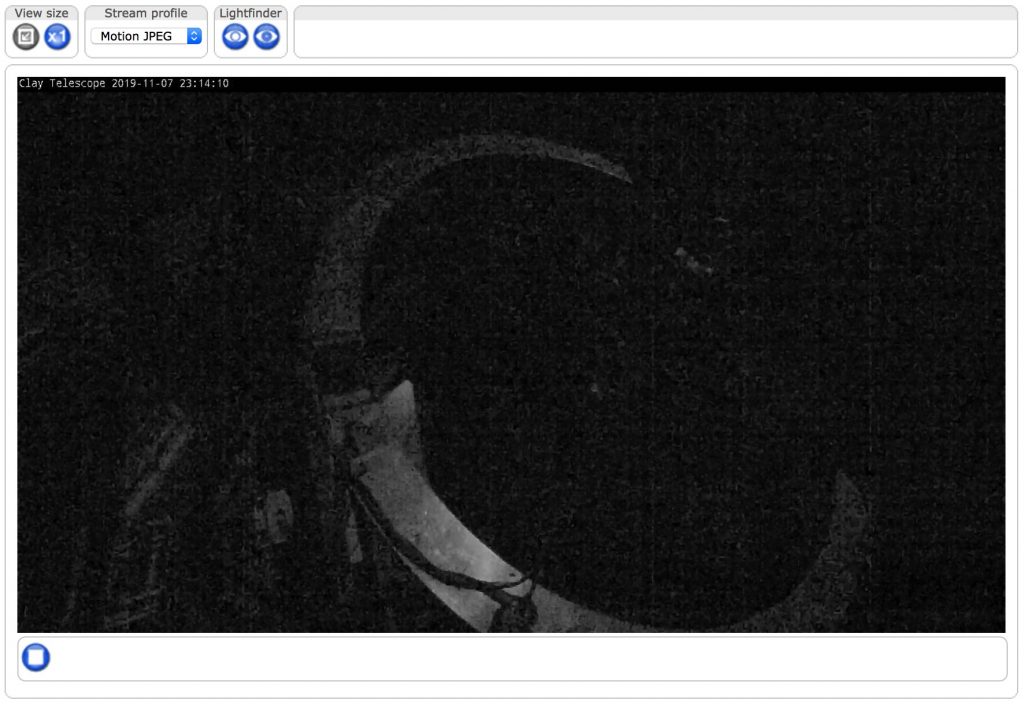
Clay top-ring in Moonlight 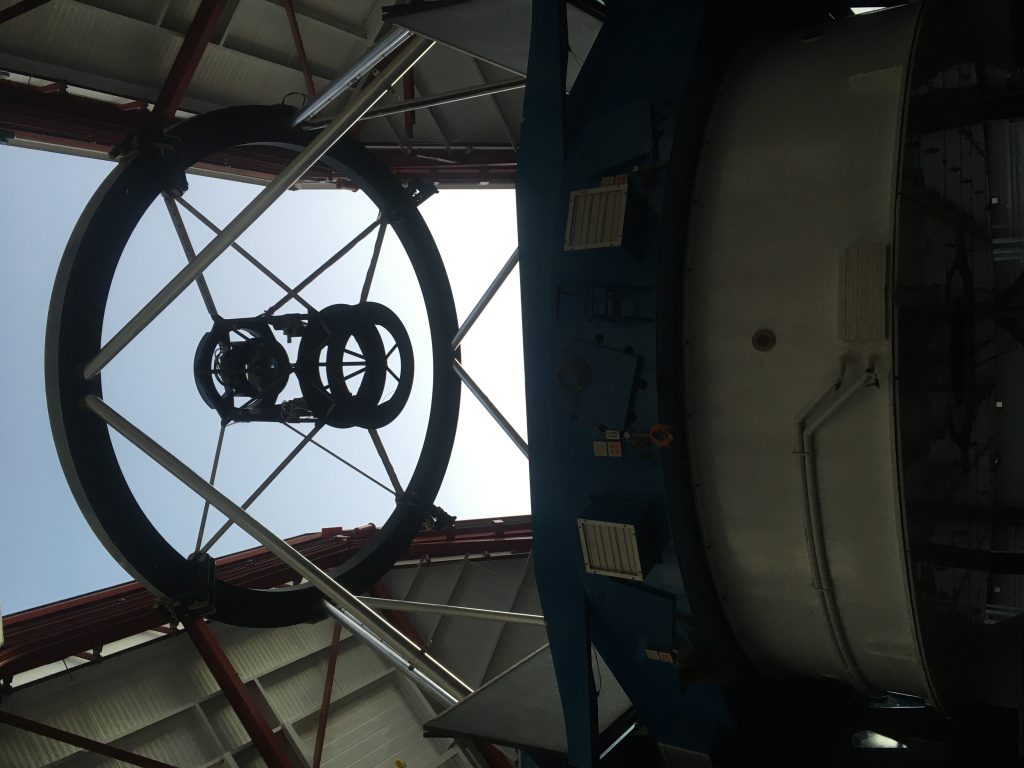
Clay top-ring at Dawn
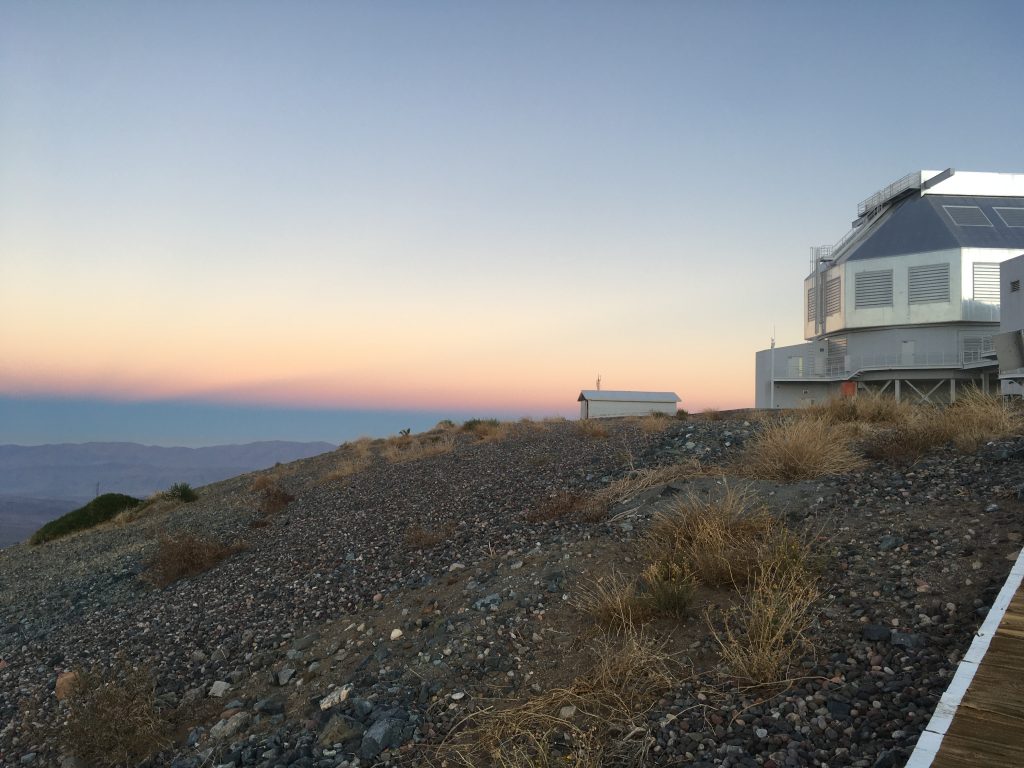
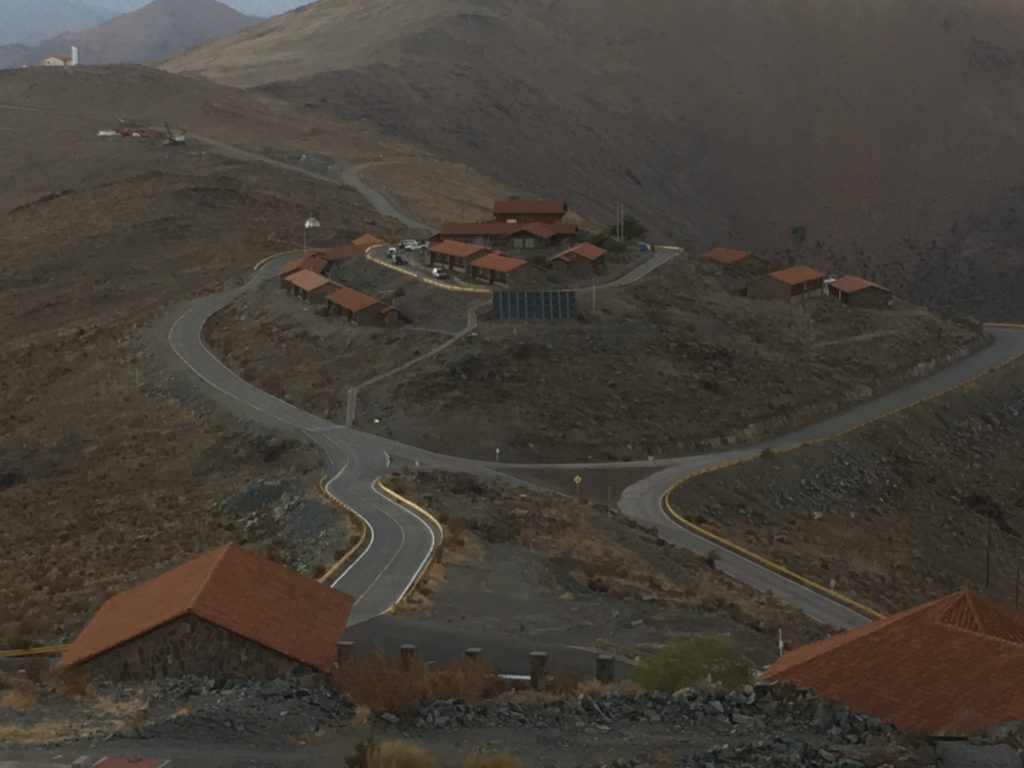
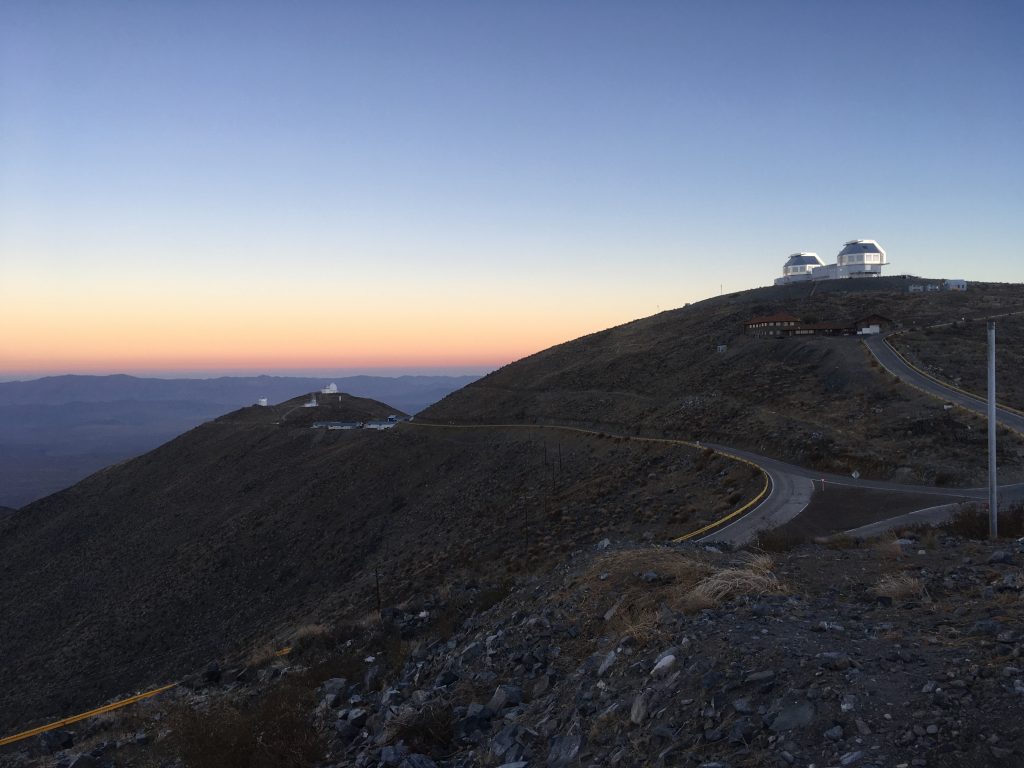
Classic MagAO song from Day 40 of the super long cold winter run with so many technical problems and such long nights that I actually worked, really worked, 112 hours a week (trouble-shooting all afternoon, observing all night, and choosing each day either a shower or dinner): This Must Be the Place/ Naive Melody by the Talking Heads: